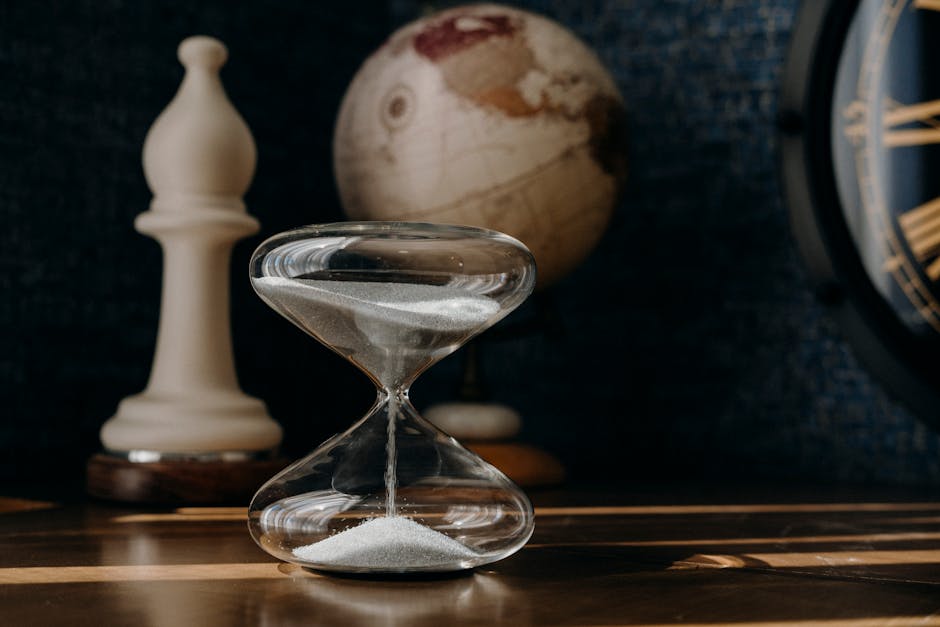Exploring the Evolution of Traditions Over Time
Traditions are an integral part of human culture and society, shaping the way we celebrate, interact, and pass down values from one generation to the next. However, traditions are not static; they evolve and adapt to changing circumstances, beliefs, and societal norms. Understanding how traditions evolve over time can provide insights into the dynamic nature of culture and the ways in which communities grow and transform. In this comprehensive blog article, we will delve into the complexities of how traditions change, looking at historical contexts, modern influences, and future trends. Join us on this enlightening journey as we unravel the fascinating world of evolving traditions.
The Origins of Traditions

Traditions often have deep historical roots, originating from ancient rituals, customs, or beliefs. These practices were passed down through generations, becoming ingrained in the cultural fabric of societies. For example, the tradition of lighting candles during Diwali, the Hindu festival of lights, dates back thousands of years and symbolizes the victory of light over darkness. Understanding the origins of traditions can provide valuable insights into their significance and evolution over time.
The Role of Cultural Exchange

Cultural exchange plays a significant role in shaping and evolving traditions. As societies interact and share their customs, traditions can blend, merge, or adapt to new contexts. For instance, the tradition of exchanging rings during a wedding ceremony has roots in ancient Egyptian culture but has been adopted and modified by various societies around the world. This cross-pollination of traditions enriches cultural diversity and fosters a sense of global interconnectedness.
Generational Changes and Adaptations

Traditions are not static; they evolve with each generation, reflecting changing values, beliefs, and lifestyles. Younger generations often reinterpret or modify existing traditions to align with contemporary sensibilities. For example, the tradition of sending handwritten letters has evolved into sending emails or text messages, reflecting the shift towards digital communication. These adaptations ensure that traditions remain relevant and meaningful in a rapidly changing world.
Commercialization and Globalization

The forces of commercialization and globalization have a profound impact on the evolution of traditions. As traditions become commercialized, they may lose some of their original meanings or significance, becoming more about consumerism than cultural heritage. For example, the tradition of exchanging gifts during Christmas has become heavily commercialized, with an emphasis on shopping and materialism rather than the spirit of giving. Globalization, on the other hand, can both preserve and transform traditions, as they are shared and adopted across borders and cultures.
Technological Advances and Traditions
Technological advances have also influenced the evolution of traditions, providing new ways to engage with and celebrate cultural practices. From virtual gatherings to social media campaigns, technology has redefined how traditions are observed and shared. For example, the tradition of family reunions has been reimagined through video calls and online platforms, allowing individuals to connect across distances and time zones. These technological innovations offer opportunities to preserve and innovate traditional practices in the digital age.
Social Movements and Changing Values
Social movements and changing values can have a profound impact on the evolution of traditions, as communities seek to reflect and promote progressive ideals. Traditions that perpetuate harmful stereotypes or practices may come under scrutiny and be reevaluated in light of evolving social norms. For instance, the tradition of blackface in certain cultural celebrations has faced backlash and criticism for its racist implications, prompting calls for greater inclusivity and diversity in traditional practices. These shifts in values can lead to the transformation or abandonment of outdated traditions in favor of more inclusive and equitable alternatives.
Environmental Sustainability and Traditions
As concerns about environmental sustainability grow, traditions are being reexamined through an eco-conscious lens. Practices that are harmful to the environment, such as excessive waste or carbon emissions, are being reconsidered and revised to align with sustainability principles. For example, the tradition of releasing sky lanterns during festivals has been criticized for its impact on wildlife and ecosystems, leading to calls for more environmentally friendly alternatives. By integrating sustainability into traditions, communities can ensure that their cultural practices are not only meaningful but also respectful of the planet.
Preserving Traditional Knowledge and Heritage
While traditions continue to evolve, there is also a growing awareness of the importance of preserving traditional knowledge and heritage for future generations. Indigenous communities, in particular, are working to safeguard their cultural practices and languages from being lost or diluted. Initiatives to revitalize traditional crafts, languages, and rituals help to ensure that these valuable aspects of heritage are passed down to future generations. By striking a balance between innovation and preservation, communities can honor their past while embracing the future.
Expert Opinions: Insights from Cultural Anthropologists
To gain further insights into the evolution of traditions over time, we turned to cultural anthropologists for their expert opinions. Dr. Maria Lopez, a renowned scholar in cultural studies, emphasizes the adaptive nature of traditions, stating, “Traditions are not set in stone; they are living entities that change and grow with each generation.” Dr. Singh, an expert in cross-cultural communication, adds, “Globalization has brought both challenges and opportunities for traditions, as they are exposed to new influences and perspectives.” These perspectives highlight the complexity and dynamism of traditions in a rapidly changing world.
Conclusion: Embracing the Evolution of Traditions
Traditions are not static relics of the past; they are dynamic expressions of culture that evolve and adapt to changing circumstances and values. By understanding how traditions change over time, we can appreciate the richness and diversity of human experience, and the ways in which communities continue to celebrate and honor their heritage. As we navigate the complexities of a rapidly changing world, let us embrace the evolution of traditions with open minds and hearts, recognizing the importance of preserving our cultural legacy while forging new traditions for future generations. In this ever-evolving tapestry of human culture, traditions serve as threads that connect us to our past, present, and future.




